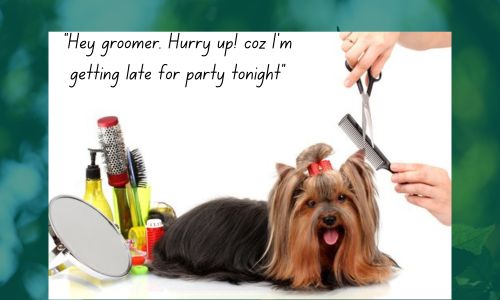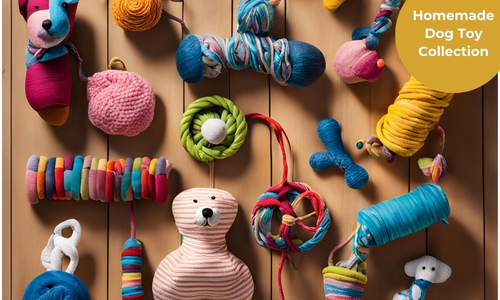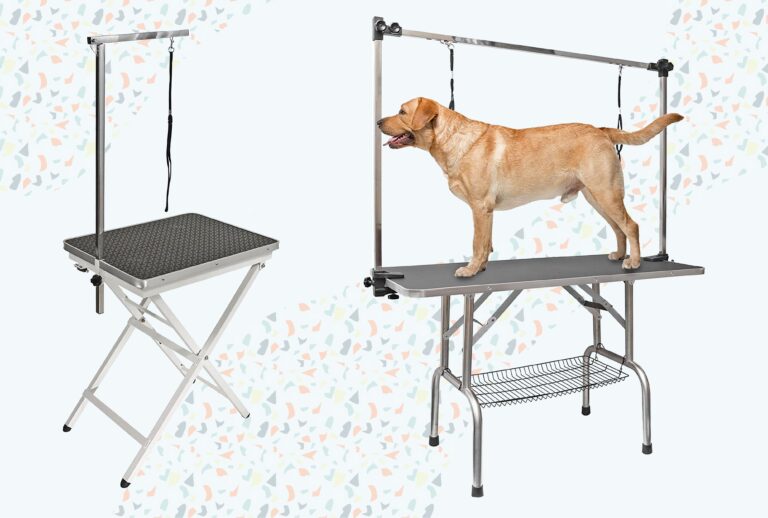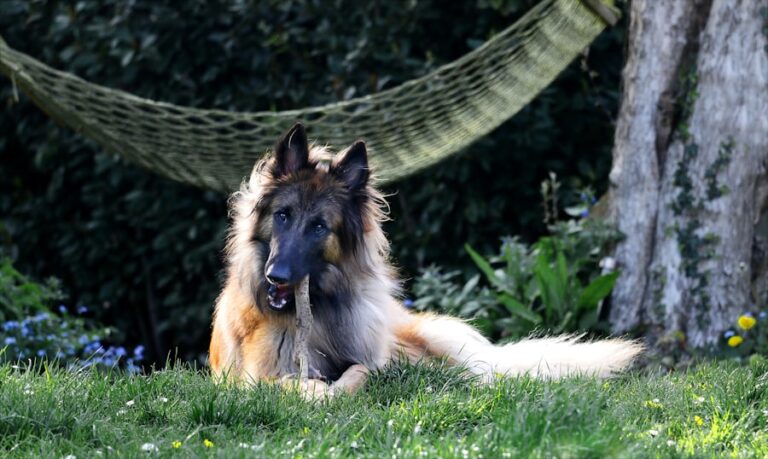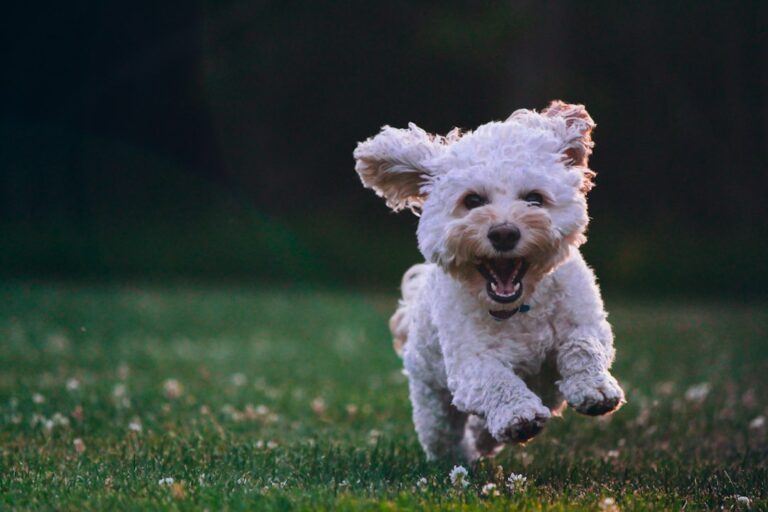4 Behaviours with Solution for Dog to Overcome Fear of Grooming!
Gradually introduce grooming tools and create positive associations with treats. Ensure your dog feels comfortable and safe throughout the process.
Helping your dog overcome a fear of grooming requires patience and consistency. Gradual exposure to grooming tools can help your dog get used to the process. Start by showing the tools without using them, and reward your dog with treats and praise.
This creates positive associations with grooming equipment. Gradually, introduce each grooming step, from brushing to nail clipping, ensuring your dog stays calm and relaxed. Consistency and a positive environment will help reduce fear over time. Regular practice and positive reinforcement can transform grooming from a stressful activity to a routine your dog can tolerate or even enjoy.

Credit: www.powderhoundsgroomingsalon.com
Identifying Fear Triggers
Understanding your dog’s fear triggers is the first step in helping them. Every dog has unique triggers. Identifying these can make grooming a pleasant experience.
Common Triggers
- Noise: Clippers and blow dryers can be scary.
- Touch: Sensitive areas like paws might cause discomfort.
- Environment: New places can be overwhelming.
- Previous Experiences: Bad grooming experiences can cause fear.
Observing Behaviors
Watch how your dog reacts during grooming. This helps to identify triggers.
| Behavior | Possible Trigger |
|---|---|
| 1. Shaking or trembling | Loud noises |
| 2. Panting or drooling | Stressful environment |
| 3. Trying to escape | Uncomfortable touch |
| 4. Growling or snapping | Previous bad experiences |
Take note of these behaviors. They can guide you in understanding what scares your dog.
Creating A Safe Space
Grooming can be a stressful experience for many dogs. Creating a safe space can help ease their anxiety. A comfortable environment makes grooming less scary. Below are some tips to make grooming a positive experience for your furry friend.
Choosing The Right Environment
The right environment is key to reducing your dog’s fear. Choose a quiet room with minimal distractions. Avoid areas with loud noises or lots of activity. A calm space helps your dog feel safe and secure.
Ensure good lighting so you can see what you’re doing. A well-lit area helps prevent accidental injuries. If possible, choose a room with non-slip flooring. This helps your dog feel stable and secure.
Comfort Items
Comfort items can make a big difference. Consider using your dog’s favorite blanket or bed. Familiar scents can help them feel at ease. Place their comfort item in the grooming area.
Soft toys or chew treats can also help. They provide a distraction and make the experience more enjoyable. You can also play calming music to soothe your dog. Gentle melodies can help reduce stress levels.
Below is a table of suggested comfort items to consider:
| Comfort Item | Benefits |
|---|---|
| Favorite Blanket | Provides familiar scent and comfort |
| Soft Toys | Distracts and entertains your dog |
| Chew Treats | Offers a positive distraction |
| Calming Music | Reduces anxiety and stress |
These comfort items can help create a positive grooming experience. Your dog will feel more relaxed and cooperative.
Gradual Introduction
Helping your dog overcome grooming fear takes time and patience. A gradual introduction can make a big difference. This method helps your dog get used to grooming tools and routines slowly.
Starting Slow
Begin with short sessions. Start by showing your dog the grooming tools. Let them sniff and explore the tools without using them. This helps reduce fear and builds familiarity.
Gradually increase the length of grooming sessions. Start with five minutes and slowly extend the time. Ensure your dog feels comfortable during each session. Take breaks if needed.
- Show tools without using them
- Allow sniffing and exploring
- Start with five-minute sessions
- Increase session length gradually
Positive Reinforcement
Use positive reinforcement to make grooming a pleasant experience. Reward your dog with treats and praise during and after each session. This creates a positive association with grooming.
Use a calm and soothing voice. Keep your dog relaxed and happy. Offer rewards like favorite toys or treats. Reward your dog for staying calm and cooperative.
| Action | Reward |
|---|---|
| Staying Calm | Favorite Toy |
| Cooperation | Treats |
| Allowing Grooming | Praise |
Using Calming Techniques
Helping your dog overcome the fear of grooming can be challenging. Calming techniques play a crucial role. They can make grooming sessions stress-free and enjoyable.
Aromatherapy
Aromatherapy uses essential oils to create a calm environment. Certain scents can relax your dog. Lavender and chamomile are popular choices.
Here’s how to use them:
- Use a diffuser in the grooming area.
- Apply a few drops to your dog’s bedding.
- Massage diluted oils into your dog’s fur.
Always ensure the oils are pet-safe and diluted properly.
Soothing Music
Music can have a calming effect on dogs. Classical music is often recommended. It can ease anxiety and lower stress levels.
Try these steps:
- Play soft music during grooming sessions.
- Keep the volume low and consistent.
- Observe your dog’s reaction and adjust as needed.
You can find playlists specifically designed for pets. Some pet owners also use white noise machines.
Incorporating Play
Helping your dog overcome the fear of grooming can be a fun process. By incorporating play into grooming sessions, you create positive associations. Playful activities can reduce anxiety and make grooming enjoyable.
Playful Distractions
Use playful distractions to keep your dog calm during grooming. Distractions can include treats, toys, or even a favorite game. The goal is to shift your dog’s focus away from the grooming tools.
- Use treats: Offer small, tasty treats during the grooming process.
- Favorite toy: Allow your dog to hold or chew a favorite toy.
- Short breaks: Take breaks to play quick games or offer cuddles.
By keeping your dog engaged, you reduce their fear and stress. Always reward them for calm behavior to reinforce positive associations with grooming.
Interactive Toys
Interactive toys can be a great way to divert your dog’s attention. These toys can keep your dog busy and happy, making grooming easier.
| Type of Toy | How It Helps |
|---|---|
| Kong Toys | Fill with treats to keep your dog occupied. |
| Puzzle Toys | Challenge your dog’s mind and reduce boredom. |
| Chew Toys | Provide comfort and distraction during grooming. |
Choose toys that your dog loves and can engage with for a while. This way, grooming sessions become less stressful and more enjoyable.
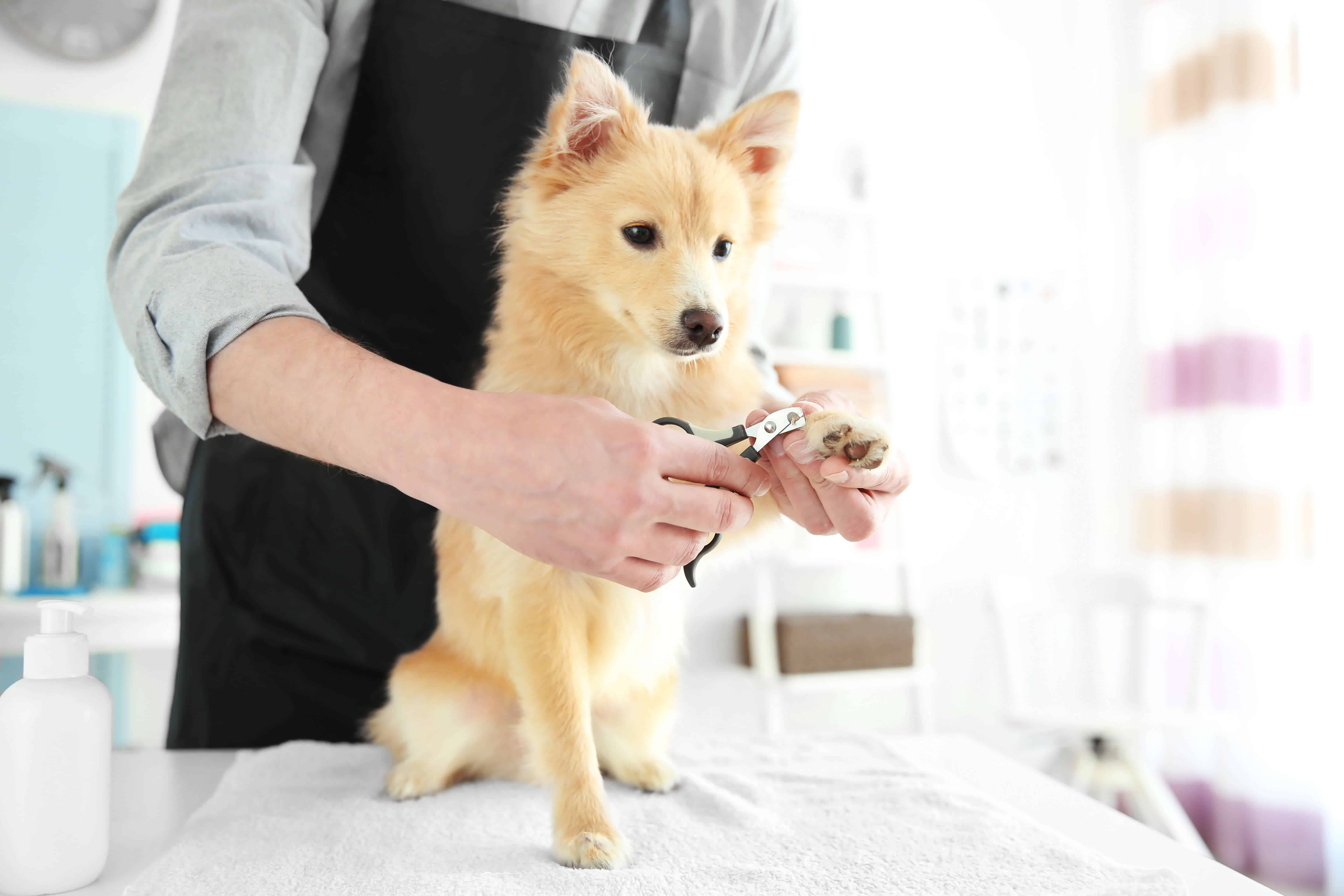
Credit: www.theacademyofpetcareers.com
Professional Help
Is your dog scared of grooming? Sometimes, expert help is needed. Professionals can provide the right support and techniques. This can make grooming a calm experience for your dog.
When To Consult A Vet
If your dog shows extreme fear or aggression, consult a vet. A vet can check for underlying health issues causing the fear. They might recommend medication or behavioral therapy.
| Signs to Watch For | Possible Solutions |
|---|---|
| Shaking or Trembling | Consult a vet for advice |
| Excessive Barking | Behavioral therapy |
| Aggressive Behavior | Possible medication |
Hiring A Professional Groomer
Professional groomers are trained to handle fearful dogs. They use special techniques to calm your pet. Look for groomers with experience in handling anxious dogs.
- Check reviews and ask for recommendations.
- Visit the grooming salon before the first appointment.
- Ensure the groomer uses positive reinforcement techniques.
Professional groomers can make a big difference. They ensure the grooming process is stress-free for your dog.
Training And Desensitization
Helping your dog overcome the fear of grooming requires patience and understanding. Training and desensitization are key techniques that can ease your dog into the grooming process. Let’s delve into these methods to see how they can help.
Step-by-step Training
Begin with short training sessions to build your dog’s confidence. Follow these steps:
- Start slow: Introduce the grooming tools without using them. Let your dog sniff and get accustomed to their presence.
- Positive reinforcement: Reward your dog with treats and praise when they stay calm around the tools.
- Short sessions: Keep initial grooming sessions brief to prevent overwhelming your dog.
- Gradual increase: Slowly extend the duration of each grooming session.
- Stay calm: Your demeanor should be calm and reassuring throughout the process.
Desensitization Exercises
Desensitization helps your dog become less sensitive to grooming activities over time. Try these exercises:
- Touch desensitization: Gently touch your dog’s paws, ears, and tail. Gradually increase the time you spend on each area.
- Tool desensitization: Turn on grooming tools near your dog without using them. Let them get used to the sound and vibration.
- Mock grooming: Perform mock grooming sessions where you mimic the actions without actually grooming. This helps your dog understand the process without the stress.
- Environment control: Create a calm grooming environment. Use soothing music and ensure there are no distractions.
By following these step-by-step training and desensitization exercises, you can help your dog overcome their grooming fears. Remember, consistency and patience are key to success.
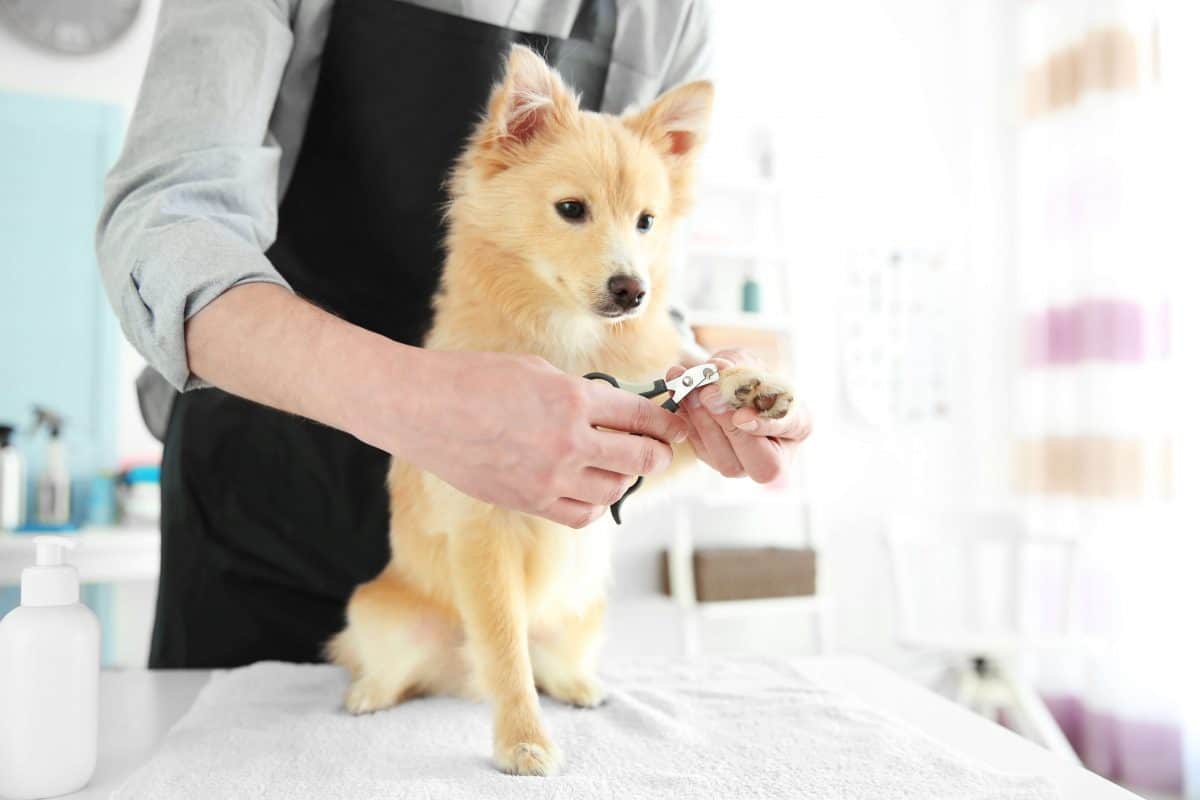
Credit: www.theacademyofpetcareers.com
Consistency And Patience
Helping your dog overcome a fear of grooming requires consistency and patience. These two elements are the foundation for building trust and comfort. By maintaining a routine and celebrating small wins, you make grooming a positive experience for your furry friend.
Maintaining Routine
Establish a grooming schedule to help your dog know what to expect. Consistent routines reduce anxiety and make grooming predictable. Stick to specific times for brushing, bathing, and nail trimming.
| Grooming Task | Frequency |
|---|---|
| Brushing | Daily or Weekly |
| Bathing | Monthly |
| Nail Trimming | Monthly |
Use a calm voice and offer treats during grooming sessions. This reassures your dog and builds positive associations. Over time, your dog will understand that grooming is a regular part of life.
Celebrating Small Wins
Celebrate each small step your dog makes towards overcoming their fear. Reward them for staying calm during grooming tasks. Use treats, praise, and gentle petting as rewards.
- Stay still during brushing
- Allow paws to be touched
- Remain calm during nail clipping
Positive reinforcement encourages your dog to remain calm. Focus on progress, not perfection, and remember that each dog learns at their own pace.
Frequently Asked Questions
How Can I Make Grooming Less Stressful For My Dog?
Start slowly, using treats and praise. Gradually introduce grooming tools. Keep sessions short and positive. Patience is key.
What Tools Should I Use For Grooming My Fearful Dog?
Use gentle, dog-friendly tools like soft brushes and quiet clippers. Avoid anything that might startle your dog.
Can Professional Groomers Help With My Dog’s Fear?
Yes, professional groomers have experience with fearful dogs. They can use techniques to calm and comfort your pet.
How Often Should I Groom My Anxious Dog?
Groom your anxious dog regularly but keep sessions short. Consistency helps reduce fear over time. Aim for weekly grooming.
Conclusion
Helping your dog overcome grooming fears takes patience and consistency. Use positive reinforcement and create a calm environment. Gradually introduce grooming tools to build trust. Remember, each dog is unique and may need different techniques. With time and care, your furry friend will become more comfortable with grooming sessions.


